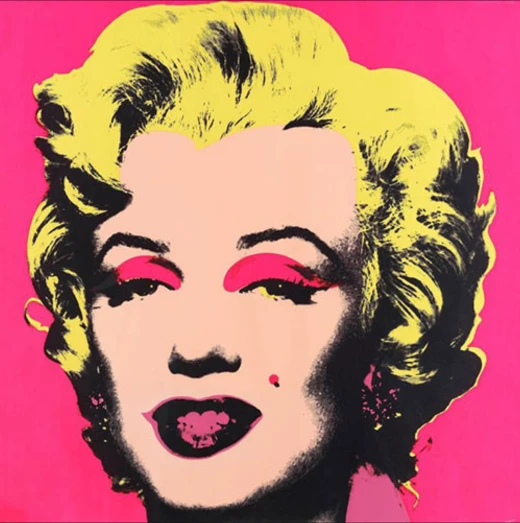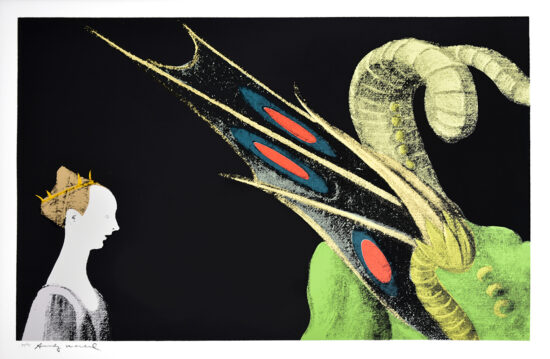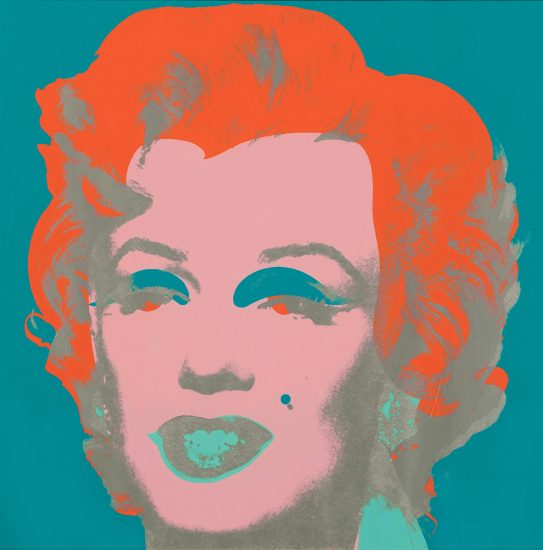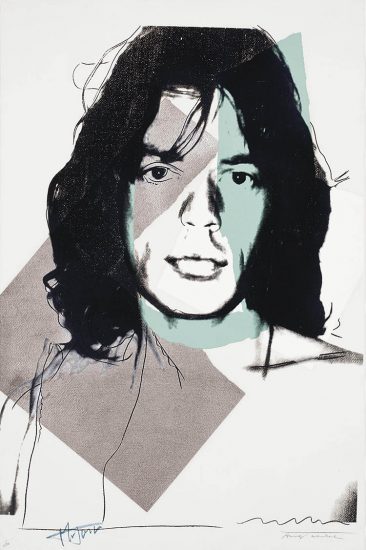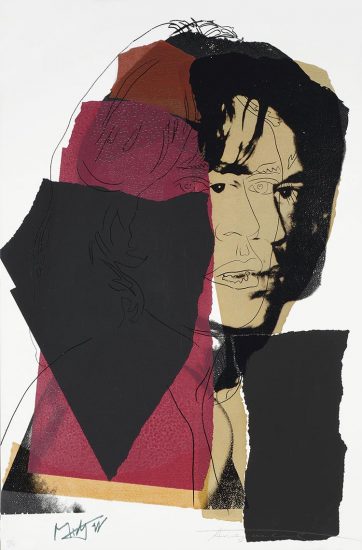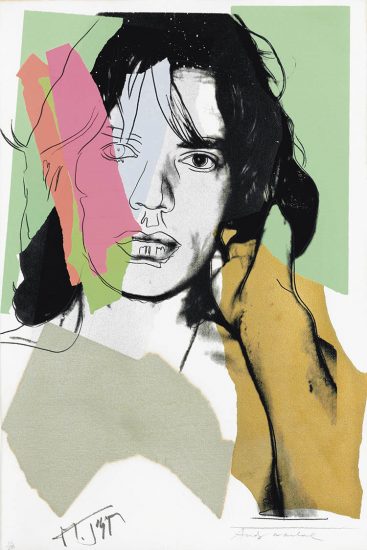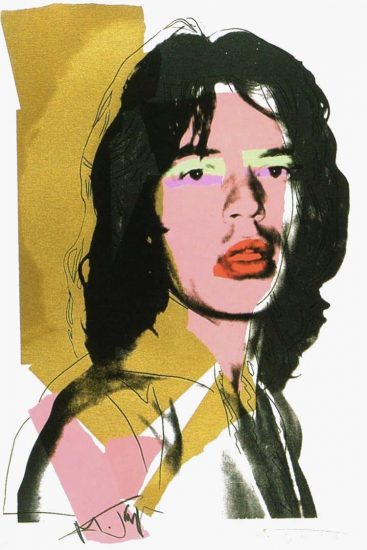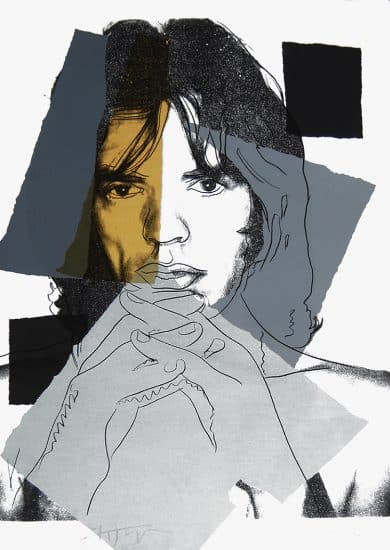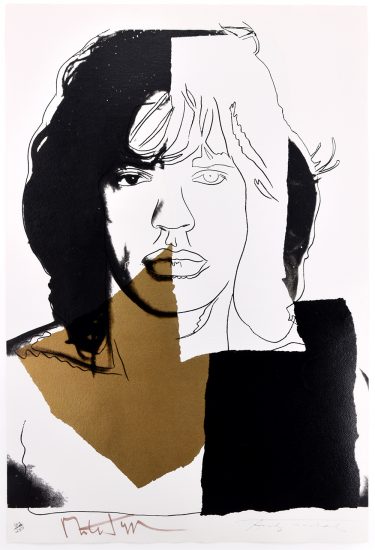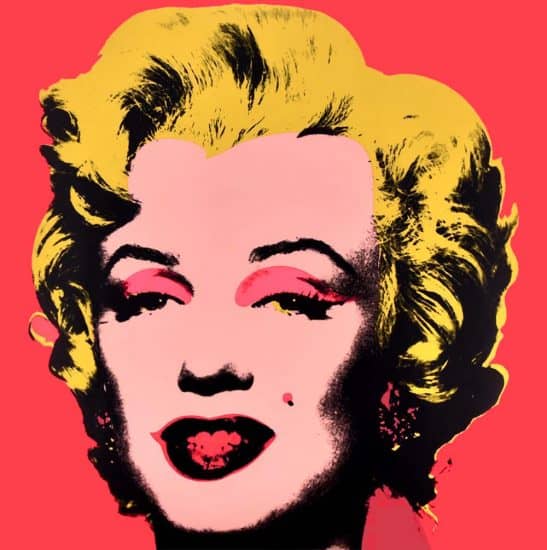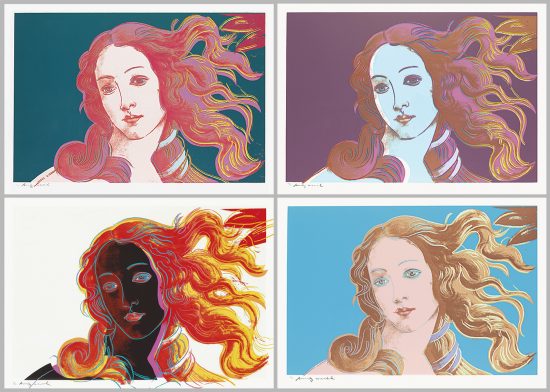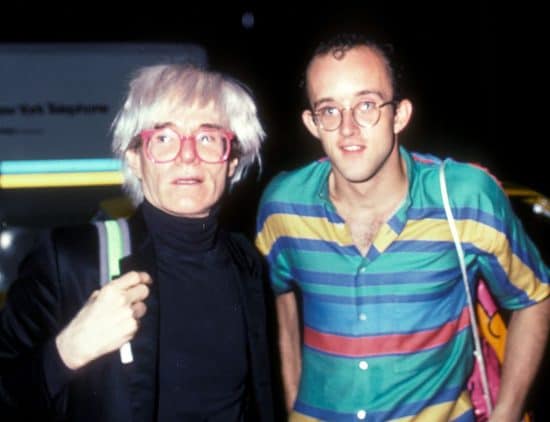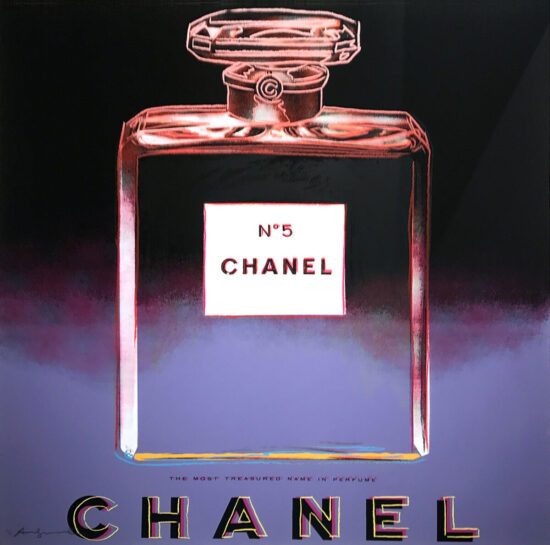Andy Warhol and Mick Jagger had a complicated relationship that was both professional and personal in nature. The two first met in the mid-1960s, when Warhol was at the height of his fame as the leader of the Pop Art movement and Jagger was the frontman of the Rolling Stones, one of the most popular and influential rock bands of the era.
At first, Warhol and Jagger seemed to be a perfect match. They were both iconic figures who embodied the spirit of the 1960s, and they shared a mutual admiration for each other's work. Warhol was known for his fascination with celebrity culture, and he was drawn to Jagger's magnetic stage presence and rebellious persona. Jagger, in turn, was intrigued by Warhol's avant-garde art and his unconventional approach to fame and success.
The two collaborated on several projects over the years, most notably on the cover art for the Rolling Stones' 1971 album "Sticky Fingers." The album cover featured a close-up photograph of a man's crotch in tight jeans, with a working zipper that revealed a pair of white underwear. The provocative image was designed by Warhol, and it became one of the most famous album covers of all time.
However, despite their initial camaraderie, Warhol and Jagger's relationship was not without its tensions and conflicts. Some of these conflicts were artistic in nature, as Warhol often felt frustrated by Jagger's resistance to some of his creative ideas. In one famous incident, Warhol suggested that the Rolling Stones perform a version of his experimental film "Chelsea Girls" as part of their live shows. Jagger was not interested in the idea, and the project never came to fruition.
Other tensions between Warhol and Jagger were more personal. Warhol was openly gay, and he was reportedly attracted to Jagger, who was known for his androgynous looks and fluid sexuality. Jagger, however, was not interested in pursuing a romantic relationship with Warhol, and he reportedly felt uncomfortable with Warhol's constant attention and affection.
Despite these tensions, Warhol and Jagger remained connected throughout the 1970s and beyond. Warhol continued to attend Rolling Stones concerts and socialize with Jagger and his circle of friends, and Jagger occasionally attended Warhol's art openings and events. In the years leading up to Warhol's death in 1987, the two reportedly reconciled their differences and became closer once again.
Today, Warhol and Jagger are remembered as two of the most iconic and influential figures of the 20th century, each making a profound impact on the worlds of art, music, and popular culture. Their complicated relationship serves as a reminder of the complex and often unpredictable ways that artists and celebrities intersect and influence one another, both creatively and personally.
How was Andy Warhol’s relationship with Bianca Jagger?
Andy Warhol's relationship with Bianca Jagger, who was married to Mick Jagger at the time, was a complicated one. The two met in the late 1970s, after Jagger had separated from her husband and was emerging as a prominent social and political activist.
At first, Warhol was fascinated by Jagger's beauty, charisma, and intelligence, and he was drawn to her as a muse and collaborator. The two worked together on several projects, including a series of photographs that Warhol took of Jagger and a portrait of her that he painted in his signature style.
However, as their relationship evolved, tensions began to surface. Jagger was a fierce advocate for human rights and social justice, and she was known for her outspokenness on issues such as women's rights, environmentalism, and LGBT rights. Warhol, on the other hand, was often criticized for his aloofness and his perceived lack of political engagement.
Jagger's political activism put her at odds with Warhol's artistic philosophy, which emphasized the superficiality and spectacle of modern life. Jagger reportedly found Warhol's work to be too cynical and nihilistic, and she criticized him for failing to engage with the pressing issues of the day.
Despite these differences, Warhol and Jagger remained connected, and their relationship continued to evolve over time. In the years leading up to Warhol's death in 1987, the two reportedly reconciled their differences and became closer once again. Jagger even served as a pallbearer at Warhol's funeral, a sign of the enduring bond that they shared.
Today, Warhol and Jagger are remembered as two of the most iconic and influential figures of the 20th century, each making a profound impact on the worlds of art, music, and popular culture. Their relationship serves as a reminder of the complex and often unpredictable ways that artists and celebrities intersect and influence one another, both creatively and personally.
Andy Warhol Mick Jagger Artworks?
Andy Warhol created several iconic prints of Mick Jagger, the lead singer of the Rolling Stones, during the 1970s. These prints are some of Warhol's most recognizable and sought-after works, and they represent a unique intersection of art and popular culture.
The first Jagger print that Warhol created was a series of silkscreened portraits that he made in 1975. The prints were based on a photograph of Jagger that Warhol had taken in 1974, and they featured Jagger's face in various poses and expressions. The prints were produced in a range of colors and sizes, and they quickly became some of Warhol's most popular works.
In 1977, Warhol created another series of Jagger prints, this time based on a photograph by Christopher Sykes. The prints featured a close-up of Jagger's face, with his eyes closed and his mouth open in a pouty expression. Warhol created several variations of the print, including some that were hand-colored and others that were produced in a range of colors.
Both of these Jagger print series are notable for their vivid colors, bold lines, and striking compositions. Warhol's use of the silkscreening process allowed him to reproduce Jagger's image in a way that emphasized its graphic impact and visual power. The prints capture Jagger's magnetic presence and rock-star charisma, while also commenting on the role of celebrity and mass media in contemporary culture.
Today, Warhol's Jagger prints remain highly prized by collectors and art enthusiasts. They represent a unique moment in the history of art and popular culture, when the worlds of rock music and visual art came together in a way that was both creative and commercially successful. Through these prints, Warhol and Jagger continue to exert a powerful influence on the worlds of art and music, inspiring new generations of artists and fans alike.
Andy Warhol Mick Jagger screenprints:
Andy Warhol created a series of prints featuring Mick Jagger in the 1970s. The series, titled "Mick Jagger", consists of ten screenprints that depict Jagger in various poses and settings.
The edition sizes was of 250. The prints were published by Warhol's own publishing company, Factory Additions, and were signed and numbered by Warhol himself.
The ten prints in the "Mick Jagger" series are as follows:
"Mick Jagger 142" (1975): Edition of 250
"Mick Jagger 143" (1975): Edition of 250
"Mick Jagger 144" (1975): Edition of 250
"Mick Jagger 145" (1975): Edition of 250
"Mick Jagger 146" (1975): Edition of 250
"Mick Jagger 147" (1975): Edition of 250
"Mick Jagger 148" (1975): Edition of 250
"Mick Jagger 149" (1975): Edition of 150
"Mick Jagger 150" (1975): Edition of 150
"Mick Jagger 151" (1975): Edition of 150
It's worth noting that there were also a few additional, unique variations of the prints that were not part of the numbered edition, but were created as unique works of art. These unique variations included different color variations, as well as hand-painted and collage elements added to the prints.

